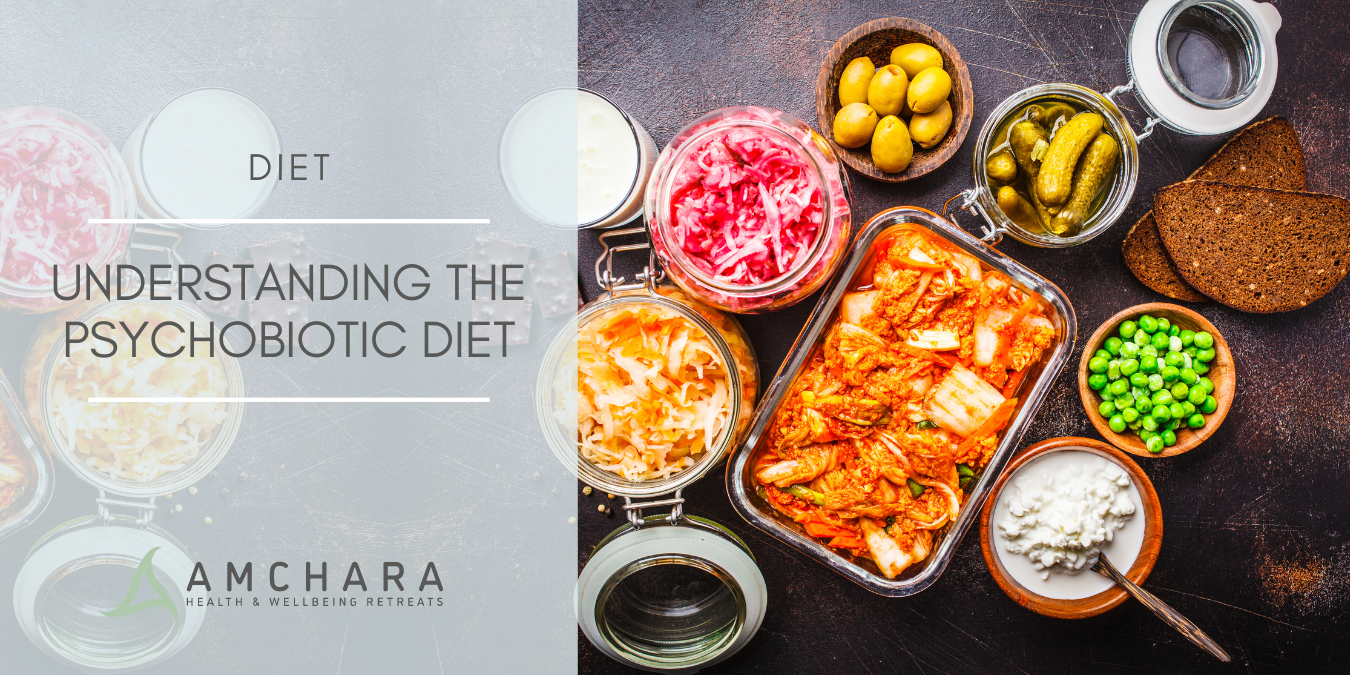Intuitive eating is a holistic approach to eating that emphasises tuning into your body’s internal hunger, satiety and appetite cues, rather than following external rules or calorie restrictions.
It encourages a positive and flexible relationship with food, focusing on nourishment, satisfaction, and overall wellbeing.
In the modern internet world there is an overwhelming amount of information; it can be hard to find health advice that you can trust, particularly as the main media channels are typically dominated with a single, orthodox narrative.
We always provide information from an evidence-based perspective, orientated towards a holistic and Personalised Health approach and aim to provide you with actionable knowledge and tips to help you on your journey to optimal health.
In this article we’ll look at the principles of intuitive eating, examples of intuitive eating, and discuss its benefits and potential drawbacks, supported by evidence-based research.
Understanding intuitive eating
Intuitive eating is based on ten principles outlined by Evelyn Tribole and Elyse Resch in their book “Intuitive Eating: A Revolutionary Program That Works.”
These principles include:
Reject the diet mentality: Let go of the dieting mindset and the belief that certain
foods are “good” or “bad.”
Honour your hunger: Listen to your body’s signals of hunger and respond appropriately by eating when you’re hungry.
Make peace with food: Give yourself unconditional permission to eat all foods without guilt or judgment.
Challenge the food police: Challenge internalised food rules and negative thoughts about eating.
Respect your fullness: Pay attention to your body’s signals of fullness and stop eating when you’re satisfied.
Discover the satisfaction factor: Choose foods that satisfy both your physical and emotional hunger, focusing on taste, texture, and enjoyment.
Honour your feelings without using food: Find alternative ways to cope with emotions and stress instead of using food as a source of comfort.
Respect your body: Accept and appreciate your body for its unique size, shape, and abilities.
Exercise – feel the difference: Engage in physical activity that feels enjoyable and energising, rather than punitive or driven by calorie burning.
Honour your health – gentle nutrition: Make food choices that honour your health and taste preferences, without rigid rules or restrictions.
Examples of intuitive eating
Tuning into hunger and fullness cues: Paying attention to physical sensations of hunger and fullness and responding accordingly by eating when hungry and stopping when satisfied.
Eating for satisfaction: Choosing foods that you enjoy and finding pleasure in the eating experience, whether it’s savouring a favourite meal or trying new flavours.
Rejecting diet mentality: Letting go of restrictive dieting behaviours and embracing a non-diet approach to eating, where all foods are allowed and enjoyed in moderation.
Making peace with food: Allowing yourself to eat foods that were previously off-limits or labeled as “bad,” without guilt or shame.
Engaging in gentle nutrition: Considering nutritional factors when making food choices, while also prioritising taste, enjoyment, and satisfaction.
Benefits of intuitive eating
Research has shown that intuitive eating is associated with numerous physical and psychological benefits:
Improved psychological health and wellbeing: Studies have found that intuitive eating is associated with reduced depression and anxiety, self-acceptance and improved quality of life.
Positive body image: Intuitive eating is linked to greater body satisfaction and acceptance, regardless of body weight or size.
Reduced risk of disordered eating habits: Studies have found that adopting intuitive eating principles may help prevent the development of eating disorders, including binge eating and emotional eating, and promote a healthier relationship with food.
Better physical health: Intuitive eating has been associated with improved metabolic health, including lower body mass index (BMI), cholesterol levels, and blood pressure.
Potential drawbacks of intuitive eating
While intuitive eating offers numerous benefits, it’s important to also consider some potential drawbacks:
Weight change: Some people may experience weight changes, including weight loss or weight gain, as a result of intuitive eating. It’s important to focus on overall health and wellbeing rather than solely on weight.
Initial discomfort: Transitioning from dieting to intuitive eating may feel uncomfortable at first, as it involves challenging deeply ingrained beliefs and behaviours around food and body image.
Lack of structure: Intuitive eating does not provide specific meal plans or guidelines, which may feel unsettling for people who are used to strict dietary rules.
Takeaway
Intuitive eating offers a compassionate and sustainable approach to nourishing your body and nurturing a positive relationship with food. By listening to your body’s hunger and fullness cues, making peace with food, and embracing gentle nutrition, you can experience improved psychological wellbeing, more positive body image, and better overall health.
While intuitive eating may not be suitable for everyone, its principles can serve as valuable guidelines for promoting a healthy and balanced approach to your eating habits.
If you would like support on your journey to optimal health, then why not come to
Amchara?
On an Amchara health retreat you will be immersed in a supportive and nurturing environment that enables you to switch off, relax and kickstart your health journey, with tailored advice from our Personalised Health practitioners, taking into account your individual health circumstances and goals, and including physical activities and empowering, educational talks.
Our retreats are designed to help you detoxify both physically and mentally, and our Personalised Health practitioners will support you and empower you to ‘Change for Good’.




